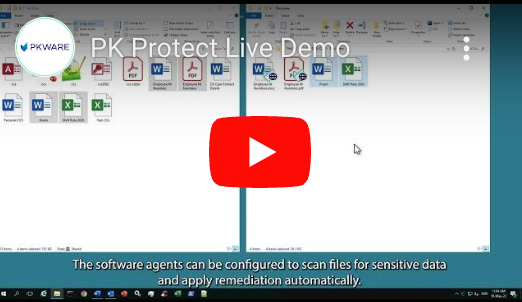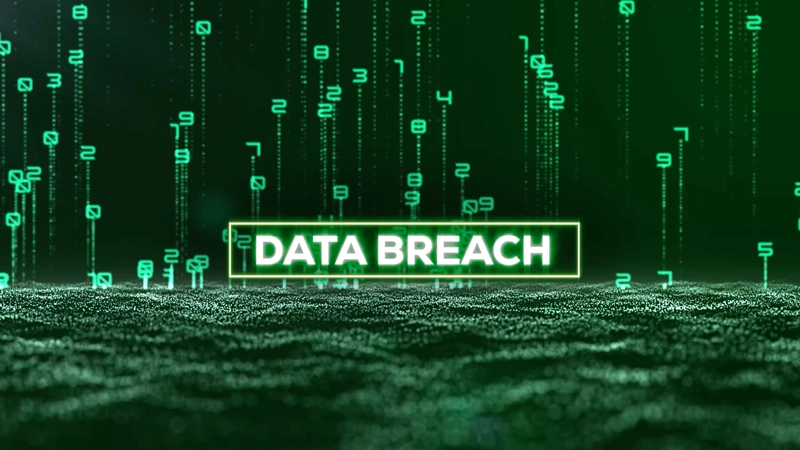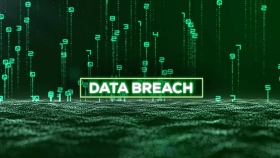Data Detection and Response (DDR): Revolutionizing Data Security

Data is the backbone of any organization, driving both value and risk. With stringent data compliance rules and regulations, data breaches making headlines almost daily, and the costs of such incidents rising exponentially, traditional data security measures like “higher fences and deeper moats” only partially address today’s data protection challenges. Why? Because data isn’t always at rest; it is often in motion, necessitating a data-centric security strategy.
The Shift from Traditional to Modern Data Security
Traditional data security relied on the fortress model: strong walls to keep bad guys out, ensuring data safety within because data was traditionally contained behind “the walls”. Modern organizations have data spread across the cloud, mobile devices, endpoints, file servers, and various applications like SharePoint and OneDrive. The perimeter has shifted from physical boundaries to end users and organizations moving data outside of their own perimeter. There is a need to share data with vendors, partners, customers driving the need to protect actual data at its source.
Firewalls, DLP, and EDR/XDR are essential components of any security framework, but the real focus should be on data—the crown jewels of any organization. Since data doesn’t just live inside of explicit protected areas anymore, traditional data security alone can’t protect data that’s constantly moving.
Only understanding data’s movement and motion allows organizations to discover and safeguard sensitive information. Identifying who interacts with the data is as crucial as understanding the data itself. Unintentional data sharing and malicious activities, such as phishing attacks, constantly put data at risk.
What is Data Detection and Response (DDR)?
DDR transcends traditional network and infrastructure security, focusing on protecting the data itself. By providing real-time tracking and analysis of data behavior, DDR identifies sensitive and critical data, offering a range of protection methods. Conceptually, DDR follows data across enterprise be it endpoints, servers, and repositories, ensuring focused protection on what truly matters. Which is where PK Protect comes into play. We seamlessly find and fix sensitive data wherever it lives and moves.
Capabilities that deliver on the core values of a DDR strategy are:
- Data Discovery: Knowing what data you have, regardless of where it resides from endpoints, file servers, SharePoint/OneDrive, Cloud repositories, structured data sets to hybrid cloud.
- Data Classification: After identifying, tagging sensitive data is an easy first step to ensure critical information within the organization is recognized and prioritized.
- Continuous Monitoring: Track data usage and movement both at rest and in motion, constantly comparing against normal behavior baselines.
- Automated Remediation Capabilities: Knowing what you have is only valuable if you can do something about it. Automatically take actions like classifying, redacting, encrypting or quarantining files when sensitive data is identified.
- Compliance Reporting: Align DDR activities (data audits, access logs, etc.) with key regulatory requirements like PCI, HIPAA, and GDPR to demonstrate a proactive approach to data privacy.
In conclusion, a data-centric detection and response approach focuses directly on the data itself, no matter where it lives and moves. It doesn’t replace traditional security, rather ensures accurate discovery and protection to where the real risk is – sensitive data that is always moving both internally and externally from your organization. Gain instant visibility into data stores, real-time protection, and response capabilities overcoming limitations of existing tools, providing a comprehensive strategy to safeguard valuable data.











